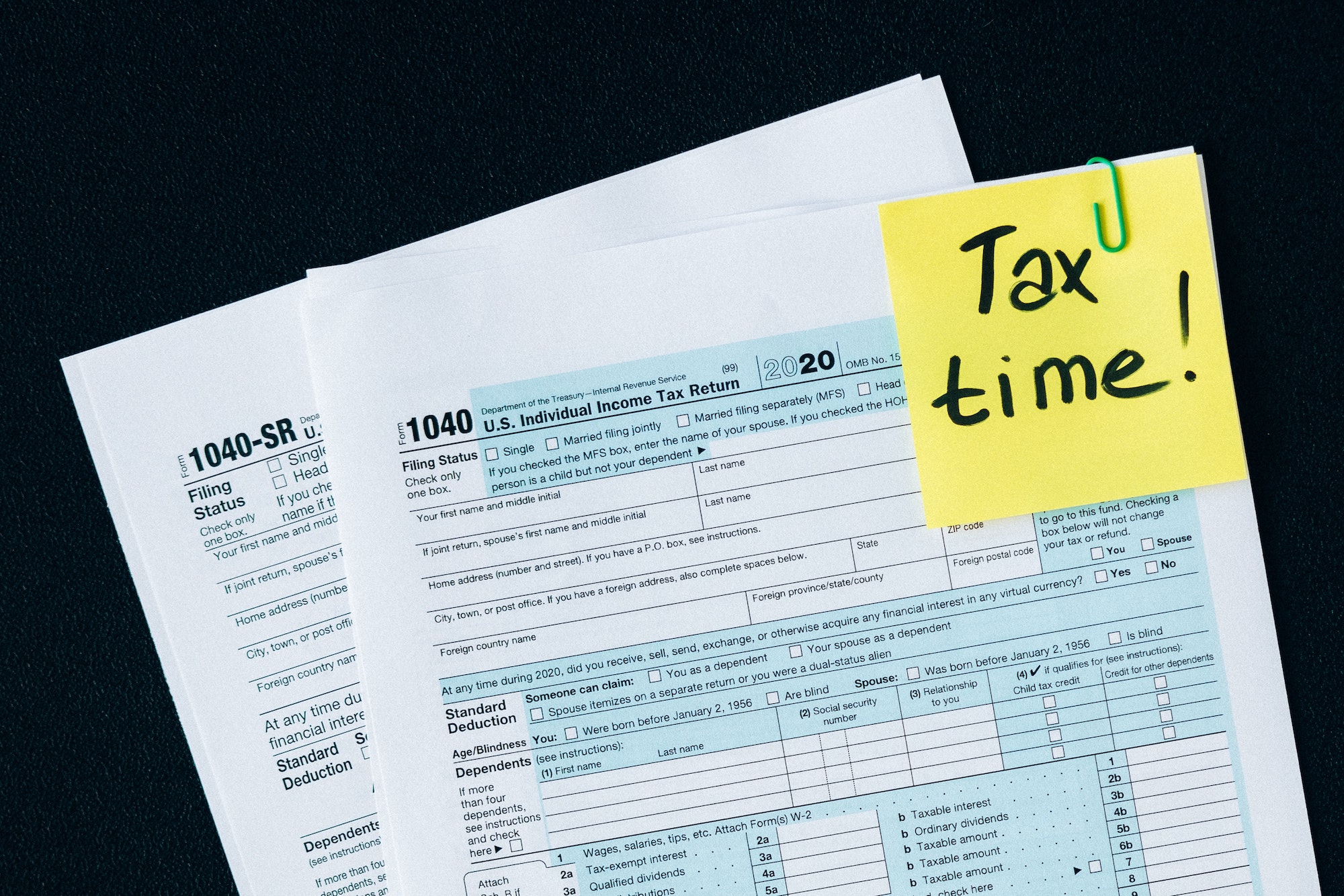The total number of tax receipts for stamp duty between April and October was £4.1bn higher compared to the same period last year, new HMRC figures have confirmed.
Overall receipts between April and October 2021 hit £10.2bn.
HMRC suggested that lower receipts in the 2020/21 tax year is mainly due to a fall in property sales, market uncertainties surrounding the pandemic as well as the introduction of the government’s stamp duty holiday.
Across all taxes, HMRC collected £392bn between April and October this year, the first half of the current tax year, which is a figure up 34% from the same period a year earlier, an increase worth £99.8bn.
Commenting on the data, Hargreaves Lansdown personal finance analyst, Sarah Coles, said: “It’s difficult to compare tax years, because the government brought in a set of rules to try to make it easier to manage tax bills, and another set to get us to spend more money and buy more property.
“However, we can see the enormous impact of the stamp duty holiday. It has pushed the average house price to a record high of £270,000 – up £28,000 in a year, and driven transactions higher. This year we had the busiest ever September in the property market, as buyers rushed for the final stamp duty holiday deadline.
“In terms of stimulating the market and generating tax, the move was clearly effective. However, if you’re trying to get onto the property ladder, or move up it, the impact is likely to be far less welcome. As the tax break dies away, buyers now have nothing to gain from the short-term measure, and in the process it has made the challenge of buying a home even harder.”
Latest News
-
Residential property transactions jump 13% in October
-
Govt to consult on Lifetime ISA in early 2026
-
Later life mortgage lending rises 25% in Q3 – UK Finance
-
First-time buyer affordability easing, Lloyds study finds
-
BUDGET 2025: Chancellor’s Budget confirms tax hikes, salary sacrifice and ISA reform
-
BUDGET 2025: Cash ISA allowance to be cut from April 2027
NEW BUILD IN FOCUS - NEW EPISODE OF THE MORTGAGE INSIDER PODCAST, OUT NOW

Figures from the National House-Building Council saw Q1 2025 register a 36% increase in new homes built across the UK compared with the same period last year, representing a striking development for the first-time buyer market. But with the higher cost of building, ongoing planning challenges and new and changing regulations, how sustainable is this growth? And what does it mean for brokers?
The role of the bridging market and technology usage in the industry
Content editor, Dan McGrath, sat down with chief operating officer at Black & White Bridging, Damien Druce, and head of development finance at Empire Global Finance, Pete Williams, to explore the role of the bridging sector, the role of AI across the industry and how the property market has fared in the Labour Government’s first year in office.
Does the North-South divide still exist in the UK housing market?

What do the most expensive parts of the country reveal about shifting demand? And why is the Manchester housing market now outperforming many southern counterparts?
In this episode of the Barclays Mortgage Insider Podcast, host Phil Spencer is joined by Lucian Cook, Head of Research at Savills, and Ross Jones, founder of Home Financial and Evolve Commercial Finance, to explore how regional trends are redefining the UK housing, mortgage and buy-to-let markets.
In this episode of the Barclays Mortgage Insider Podcast, host Phil Spencer is joined by Lucian Cook, Head of Research at Savills, and Ross Jones, founder of Home Financial and Evolve Commercial Finance, to explore how regional trends are redefining the UK housing, mortgage and buy-to-let markets.
The new episode of The Mortgage Insider podcast, out now

Regional housing markets now matter more than ever. While London and the Southeast still tend to dominate the headlines from a house price and affordability perspective, much of the growth in rental yields and buyer demand is coming from other parts of the UK.
In this episode of the Barclays Mortgage Insider Podcast, host Phil Spencer is joined by Lucian Cook, Head of Research at Savills, and Ross Jones, founder of Home Financial and Evolve Commercial Finance.
In this episode of the Barclays Mortgage Insider Podcast, host Phil Spencer is joined by Lucian Cook, Head of Research at Savills, and Ross Jones, founder of Home Financial and Evolve Commercial Finance.
© 2019 Perspective Publishing Privacy & Cookies












Recent Stories